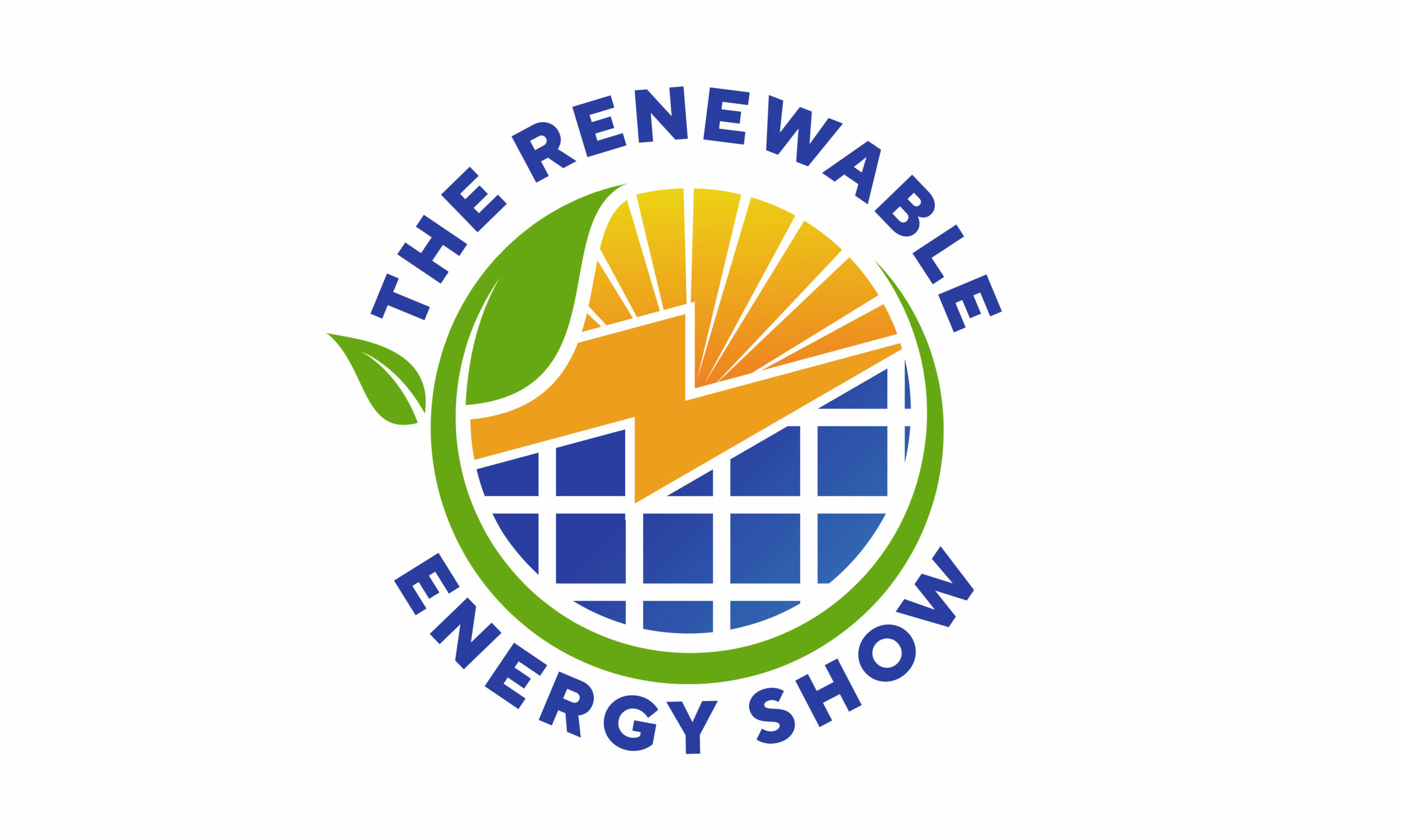As the world grapples with the challenges of climate change, renewable energy has emerged as a vital solution to reduce carbon emissions and mitigate the effects of global warming. Wind power, in particular, has become a significant contributor to the global energy mix, with over 700 gigawatts of installed capacity worldwide. However, despite its growth, the wind industry still faces significant challenges in terms of efficiency, reliability, and affordability. This is where wind farm optimization comes in – a cutting-edge approach that leverages advanced technologies and data analytics to squeeze more power out of existing wind farms while reducing costs.
What is Wind Farm Optimization?
Wind farm optimization is the process of applying advanced analytics, machine learning, and IoT technologies to optimize wind farm performance, reduce downtime, and increase energy production. By analyzing vast amounts of data from sensors, turbines, and weather stations, wind farm operators can identify areas of inefficiency and implement targeted improvements to boost turbine output, reduce maintenance costs, and enhance overall wind farm performance.
The Benefits of Wind Farm Optimization
The benefits of wind farm optimization are numerous, and they can be summarized as follows:
* Increased energy production: By optimizing turbine performance, wind farm operators can generate more electricity, leading to increased revenue and a lower levelized cost of energy (LCOE).
* Reduced maintenance costs: Advanced analytics and predictive maintenance can help identify potential issues before they become major problems, reducing downtime and maintenance costs.
* Improved turbine lifespan: By optimizing turbine performance, operators can extend the lifespan of their turbines, reducing the need for costly replacements and repairs.
* Enhanced grid stability: Wind farms optimized for grid stability can provide a more reliable and predictable source of renewable energy, supporting the integration of wind power into the grid.
A Step-by-Step Guide to Wind Farm Optimization
If you’re a wind farm operator looking to optimize your wind farm, here’s a step-by-step guide to get you started:
1. Conduct a site assessment: Gather data on your wind farm’s performance, including turbine output, wind speeds, and weather patterns.
2. Analyze data: Use advanced analytics and machine learning algorithms to identify areas of inefficiency and potential improvements.
3. Implement targeted improvements: Based on your analysis, implement targeted improvements to optimize turbine performance, reduce downtime, and enhance overall wind farm performance.
4. Monitor and adjust: Continuously monitor your wind farm’s performance and adjust your optimization strategy as needed.
Case Study: How a Leading Wind Farm Operator Boosted Energy Production by 10%
One of the world’s leading wind farm operators, Ørsted, has been at the forefront of wind farm optimization. In 2020, Ørsted launched a comprehensive optimization program aimed at boosting energy production at its 1.2 GW Horns Rev 3 wind farm in Denmark. Using advanced analytics and machine learning algorithms, Ørsted identified areas of inefficiency and implemented targeted improvements to optimize turbine performance.
The results were impressive: Ørsted reported a 10% increase in energy production, equivalent to 120 GWh of additional electricity per year. This not only boosted revenue but also reduced the levelized cost of energy (LCOE) for the wind farm.
Conclusion
Wind farm optimization is a game-changer for the wind industry, offering a proven path to increased energy production, reduced maintenance costs, and enhanced overall wind farm performance. By leveraging advanced technologies and data analytics, wind farm operators can unlock the full potential of their wind farms and contribute to a more sustainable energy future. Whether you’re a seasoned wind farm operator or just starting out, wind farm optimization is an essential tool for success in the competitive world of renewable energy.
